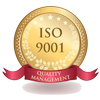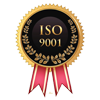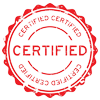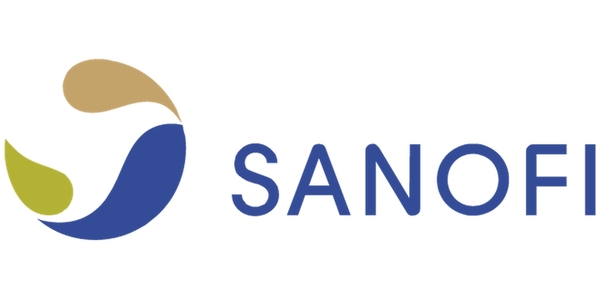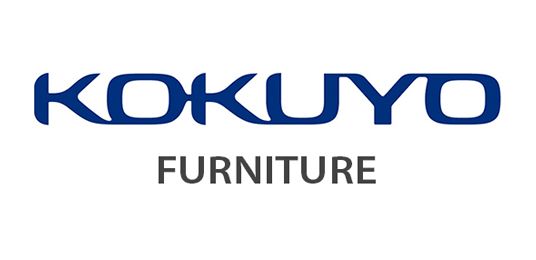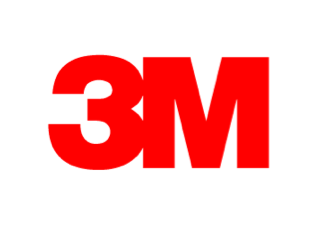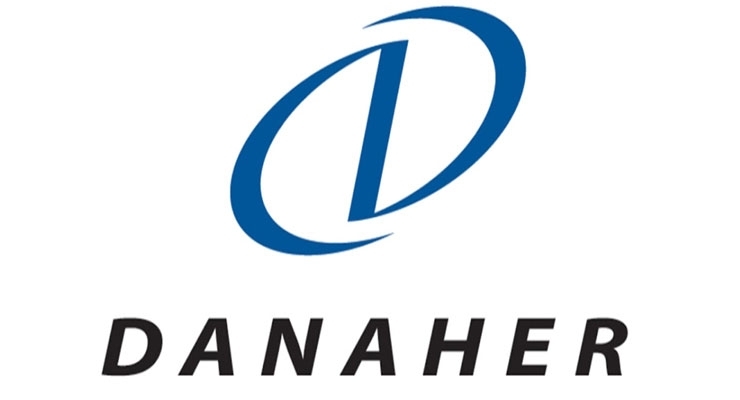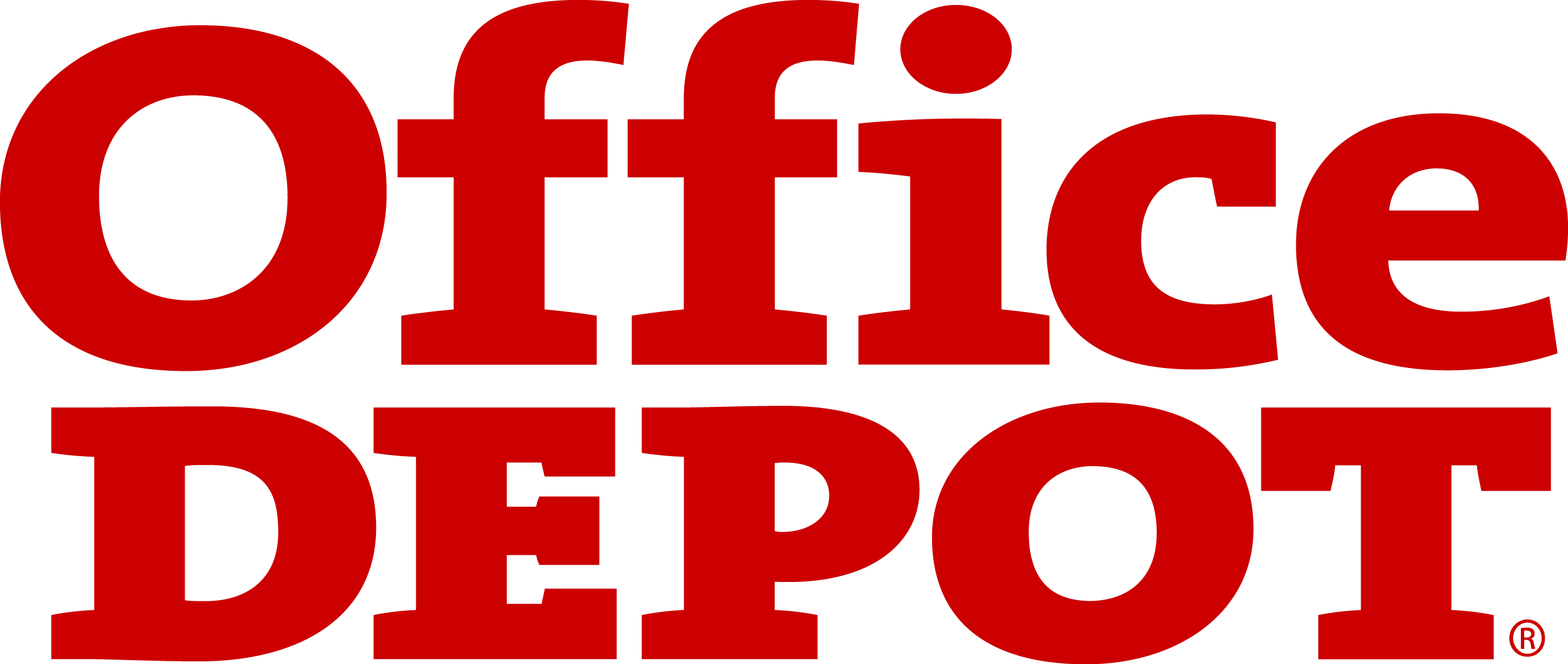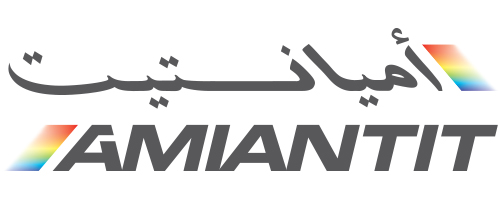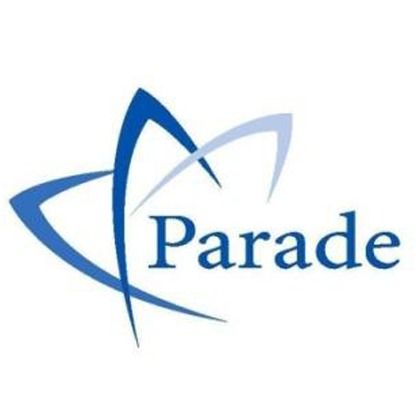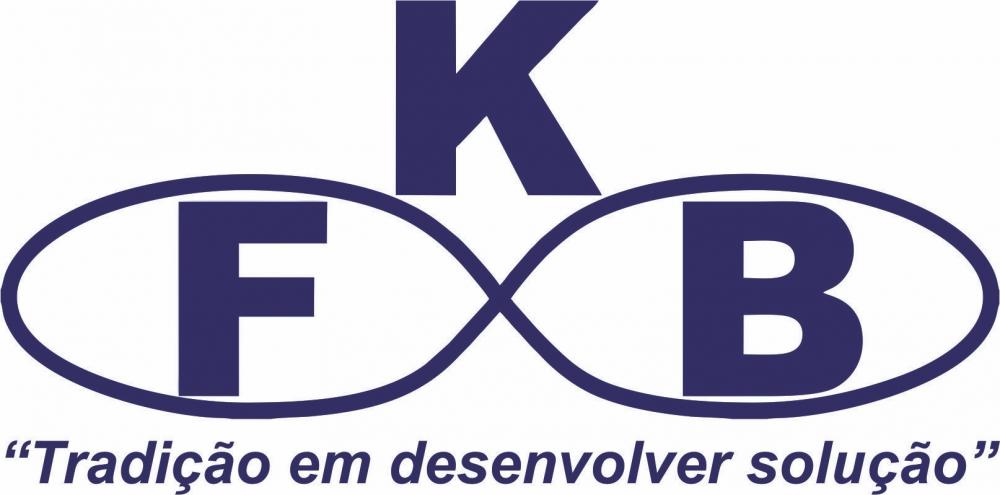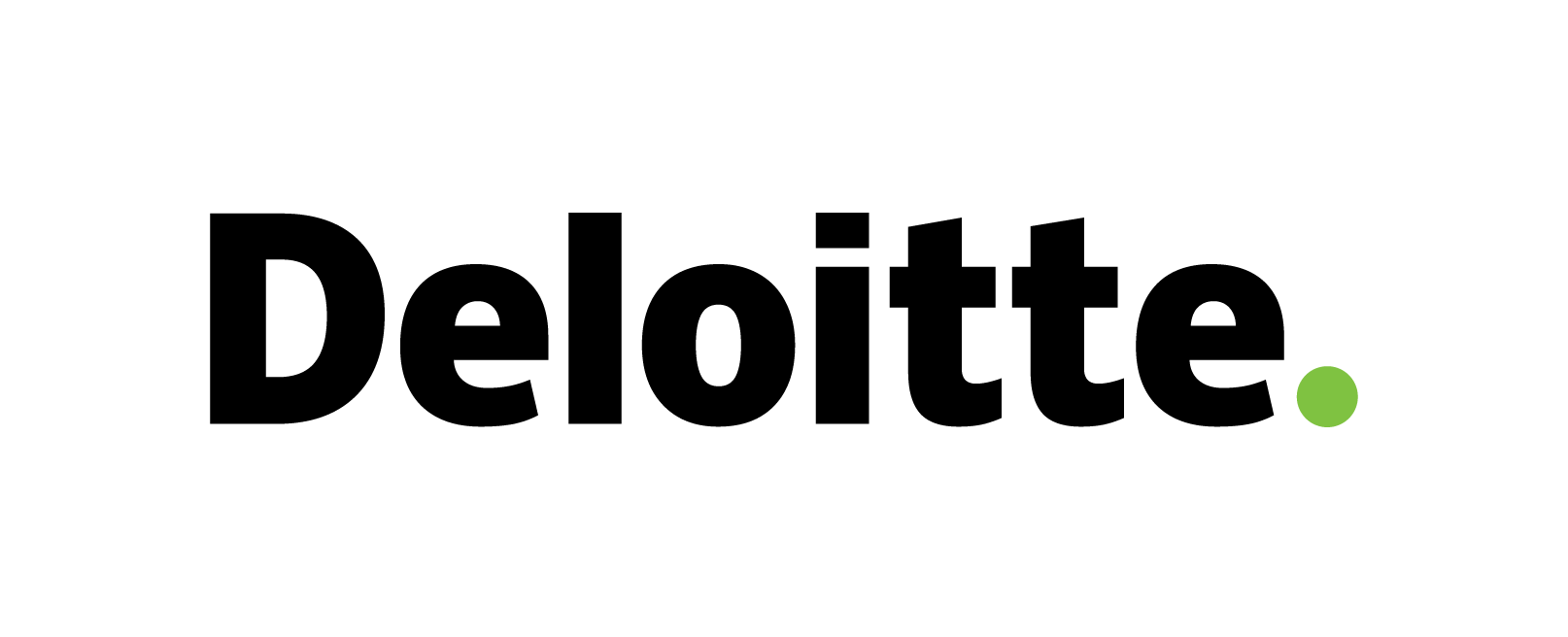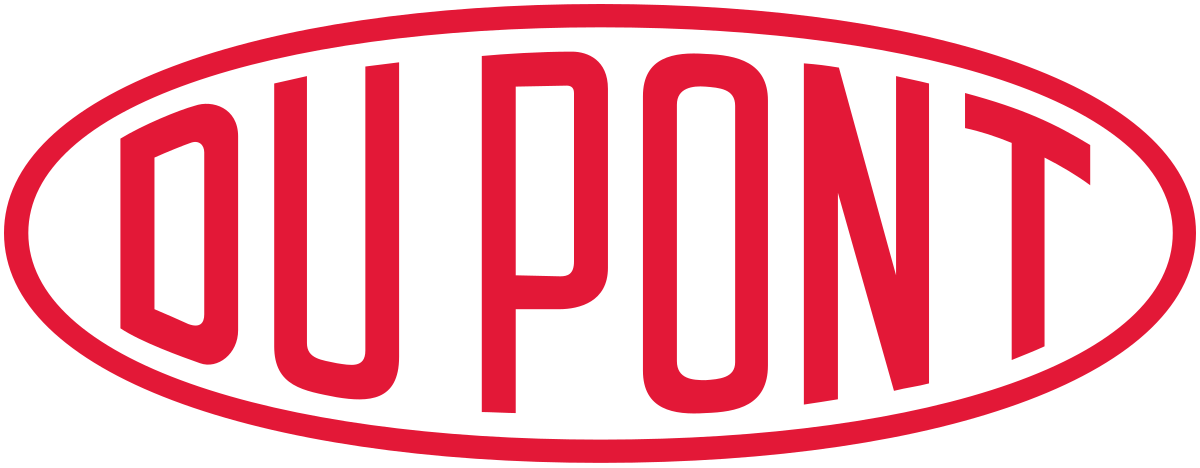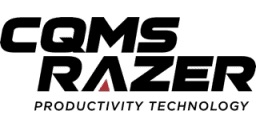Ballast Water Treatment Systems (BWTS) Market Excessive Growth Opportunities, Trends & Forecast ( 2023 – 2032 )
Ballast Water Treatment Systems Insights
Ballast water treatment systems are devices that are used to treat water that is taken on board ships to stabilize the vessel during the transportation of cargo. Ballast water is often taken from one location and then discharged at another location, potentially introducing harmful aquatic organisms and pathogens into new ecosystems. Ballast water treatment systems work by filtering, disinfecting, or sterilizing the ballast water to remove or kill any unwanted organisms before the water is discharged. These systems typically use physical or chemical treatments, such as ultraviolet (UV) radiation, chlorine or ozone to kill or remove harmful organisms.
Ballast Water Treatment Systems (BWTS) Market: Size and Share
The Ballast Water Treatment Systems (BWTS) market is a rapidly growing industry due to increased regulations on the discharge of ballast water from ships. These regulations, put in place to prevent the spread of invasive aquatic species, have led to a high demand for BWTS technology. The worldwide Ballast Water Treatment Systems market was valued at approximately $5.54 billion in 2022 and is projected to succeed in $14.36 billion by 2032, with a compound annual rate of growth (CAGR) of 10% during the forecast period (2023-2032). Some of the key players in the market include Alfa Laval, Wärtsilä, Xylem, JFE Engineering, Mitsubishi Heavy Industries, Sumitomo Heavy Industries, Headway Technology, and OceanSaver.
|
Ballast Water Treatment Systems (BWTS) Market: Report Scope |
|
|
Base Year |
2022 |
|
Base Year Market Size |
$5.54 billion |
|
Forecast Year |
2023-2032 |
|
Forecast Year Market Size |
$14.36 billion |
|
CAGR Value |
10% |
|
Segmentation |
|
|
Challenges |
|
|
Growth Drivers |
|
Ballast Water Treatment Systems (BWTS) Market Key Driving Factors
There are several driving factors contributing to the growth of the Ballast Water Treatment Systems market:
1. Increasing regulations: The primary driver of the BWTS market is the increasing regulations on the discharge of ballast water from ships. Increasing regulations on the discharge of ballast water from ships, such as the BWM Convention implemented by the IMO, have created a high demand for BWTS technology to comply with the requirements before discharging ballast water.
2. Demand for compliance: With the increasing regulations, ships are required to comply with the BWM Convention before discharging their ballast water. This has led to a surge in demand for BWTS technology, as ships must install or retrofit their vessels with the technology to meet the requirements of the convention.
3. Technological advancements: Advances in technology have led to the development of more efficient and effective BWTS, driving the market forward. For example, the use of UV radiation, electro-chlorination, and advanced filtration systems has improved the effectiveness of BWTS while reducing their environmental impact.
4. Increasing environmental awareness: There is an increasing awareness about the environmental impacts of ballast water discharge, which has led to stricter regulations and increased demand for BWTS. The discharge of ballast water can introduce invasive species and pathogens into new ecosystems, potentially inflicting ecological and financial damage.
5. Growth in the shipping industry: The growth of the shipping industry has also contributed to the boom of the BWTS marketplace. As new ships are constructed with BWTS already mounted, the market is anticipated to maintain growing. This is especially actual in growing countries, wherein the shipping enterprise is increasing rapidly.
Ballast Water Treatment Systems (BWTS) Market Key Trend & Development
There are several key trends and development in the field of the ballast water treatment systems market
- Growing demand for containerized systems: The market is seeing a trend of increasing demand for containerized BWTS due to their flexibility and ease of use, as they can be easily transported and installed on different ships as needed.
- Focus on energy efficiency and sustainability: The trend in the market is to develop BWTS that use less energy and produce fewer emissions, driven by increasing environmental regulations and a growing awareness of the need for sustainable practices in the shipping industry.
- Use of advanced sensors and monitoring systems: The market is seeing an increase in the use of advanced sensors and monitoring systems that provide real-time data on the performance of the BWTS to ensure proper treatment of ballast water.
- Development of hybrid systems: The market is seeing the development of hybrid BWTS that combine multiple treatment technologies to provide a more effective and efficient solution tailored to the specific needs of different ships.
- Partnership and collaborations: The market is experiencing a trend of increasing partnerships and collaborations between BWTS manufacturers, shipping companies, and other stakeholders, leading to the development of more innovative and effective solutions.
Ballast Water Treatment Systems Market Segmentation
The Ballast Water Treatment Systems market can be segmented based on the following:
- By Technology: Physical Disinfection, Mechanical Method, Chemical Disinfection, and Others.
- By Ship Type: Container ships, Dry bulk carriers, Tankers, General cargos, and Others.
- By Service: Installation and calibration, Performance measurement, Recommissioning.
- By Capacity: Less than 1500 Cubic Meters, 1500 to 5000 Cubic Meters, and Greater than 5000 Cubic Meters.
- By Geography: North America, Europe, Asia-Pacific, Latin America, Middle East & Africa
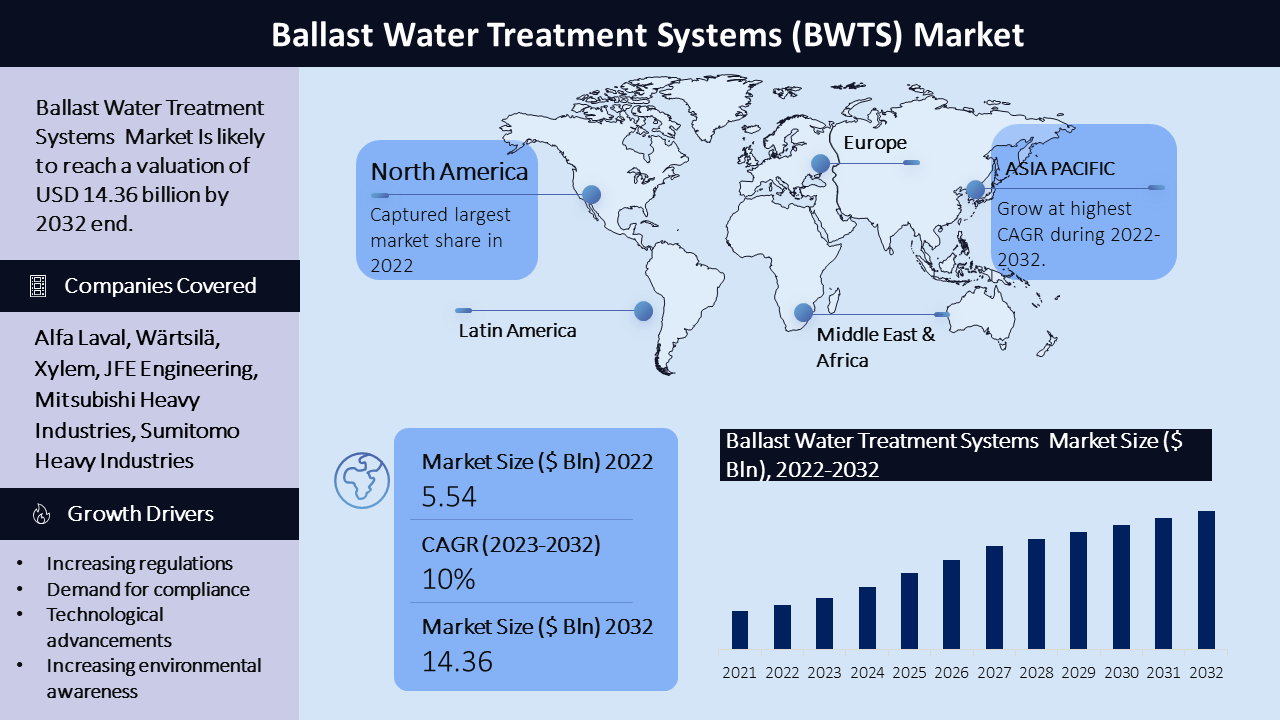
Ballast Water Treatment Systems Market Regional Synopsis
The market in North America is expected to grow significantly due to the presence of a large number of ships and increasing regulations on the discharge of ballast water in the region. By 2032, the market is predicted to be worth $4.79 billion, growing at a CAGR of 11.2% (2023-2032) against an earlier estimation of worth $1.66 billion in 2022.
Europe is a key market for BWTS due to the presence of a large number of ships and increasing regulations on the discharge of ballast water in the region. Additionally, the EU has implemented its own regulations on ballast water discharge, which has led to a high demand for BWTS in the region. By 2032, the market is predicted to be worth $3.51 billion, growing at a CAGR of 9.8% (2023-2032) against an earlier estimation of worth $1.38 billion in 2022.
The market in Asia-Pacific is expected to grow at a significant rate due to the presence of a large number of ships and increasing regulations on the discharge of ballast water in the region, especially in China, Japan, and South Korea. By 2032, the market is predicted to be worth $4.89 billion, growing at a CAGR of 15% (2023-2032) against an earlier estimation of worth $1.21 billion in 2022.
The market in Latin America is expected to grow at a moderate rate due to the presence of a large number of ships and increasing regulations on the discharge of ballast water in the region. By 2032, the market is predicted to be worth $1.67 billion, growing at a CAGR of 8% (2023-2032) against an earlier estimation of worth $775.6 million in 2022.
The market in the Middle East and Africa is expected to grow at a moderate rate due to the presence of a large number of ships and increasing regulations on the discharge of ballast water in the region. By 2032, the market is predicted to be worth $892.9 million, growing at a CAGR of 6% (2023-2032) against an earlier estimation of worth $498.6 million in 2022.
Ballast Water Treatment Systems Market Challenges
1. High costs: BWTS technology can be expensive, and retrofitting existing ships with the systems can be costly. This can make it difficult for ship owners to afford and justify the expense.
2. Limited availability of power and space: Some ships, particularly older ones, won't have enough power or space to install a BWTS.
3. Lack of standardization: There are presently a couple of types of BWTS to be had inside the market and ships owners should pick between them, but as there is no standardization among the one-of-a-kind technology, it can be challenging for ships' owners to choose the best one.
4. Difficulty in meeting discharge standards: Some BWTS may have difficulty meeting the discharge standards set by the IMO, leading to potential non-compliance issues for ships.
5. Maintenance and operation: BWTS require regular maintenance and operation, which may be luxurious and time-consuming for delivery proprietors.
6. Long payback period: The payback period for BWTS can be longer because of the excessive initial funding. This makes it difficult for delivery owners to justify the fee.
Ballast Water Treatment Systems Market Key Players:
- Alfa Laval: Alfa Laval is a leading provider of BWTS, with a range of physical, chemical, and hybrid treatment systems.
- Wärtsilä: Wärtsilä is a global leader in the BWTS market, offering a range of physical, chemical, and hybrid treatment systems.
- Xylem: Xylem is a leading provider of BWTS, with a range of physical, chemical, and hybrid treatment systems.
- JFE Engineering Corporation: JFE Engineering is a key provider of BWTS in Japan, providing a range of physical, chemical, and hybrid treatment systems.
- Mitsubishi Heavy Industries, Ltd: Mitsubishi Heavy Industries is a chief corporation of BWTS, with more than a few physical, chemical, and hybrid treatment systems.
- Sumitomo Heavy Industries, Ltd: Sumitomo Heavy Industries is a main producer of BWTS in Japan, offering quite a number of bodily, chemical, and hybrid remedy structures.
- Headway Technology: Headway Technology is a leading manufacturer of BWTS, with a number physical and chemical treatment structures.
- OceanSaver: OceanSaver is a leading issuer of BWTS, with a range of physical and chemical remedy structures.

Need Customized Report for Your Business ?
Utilize the Power of Customized Research Aligned with Your Business Goals
Request for Customized Report- Quick Contact -
- ISO Certified Logo -
